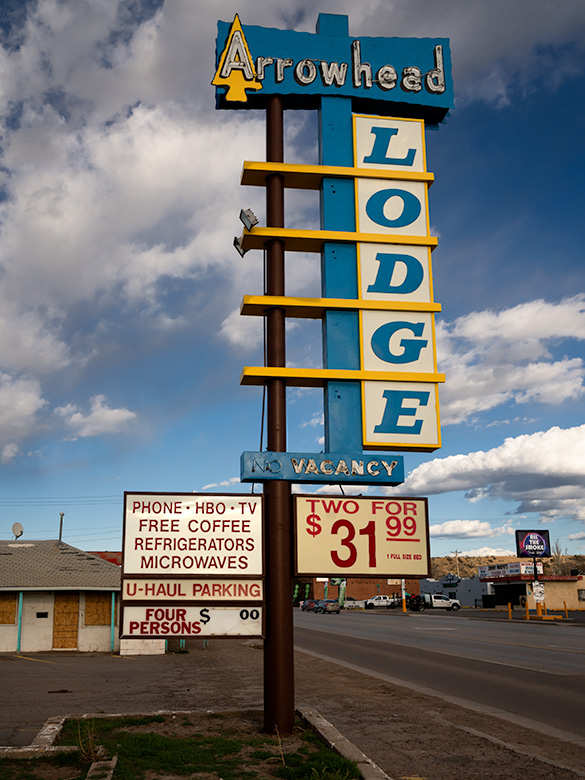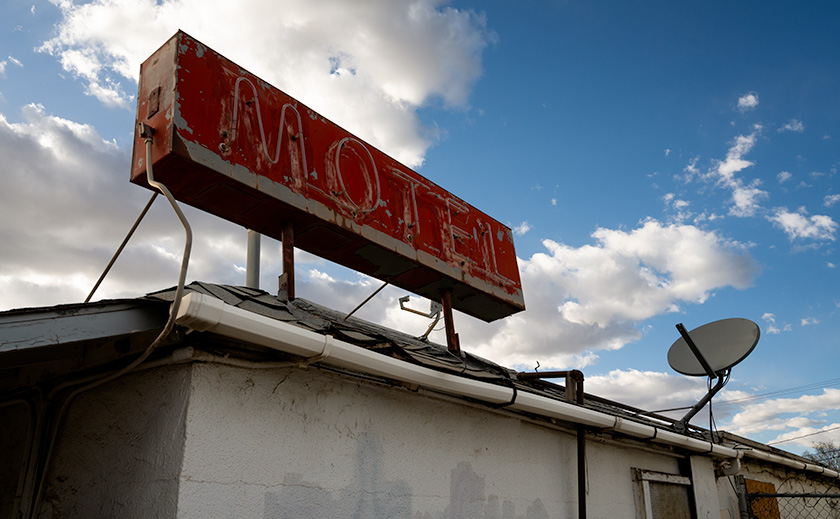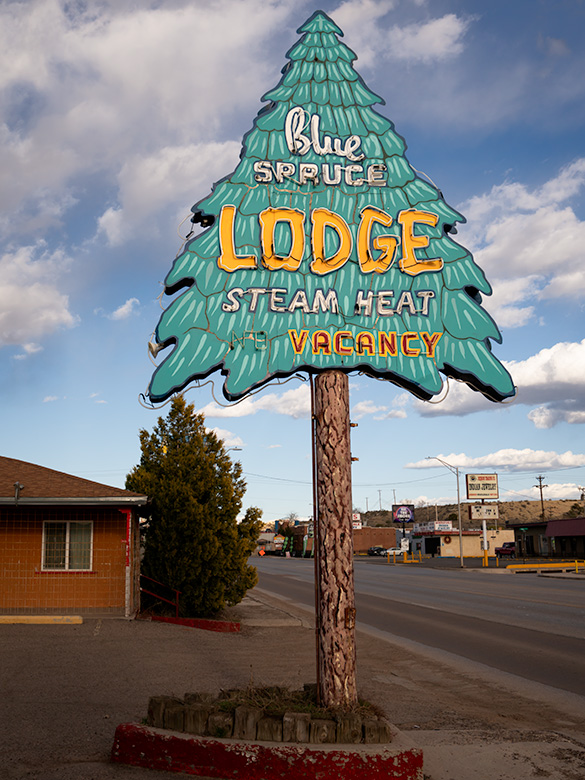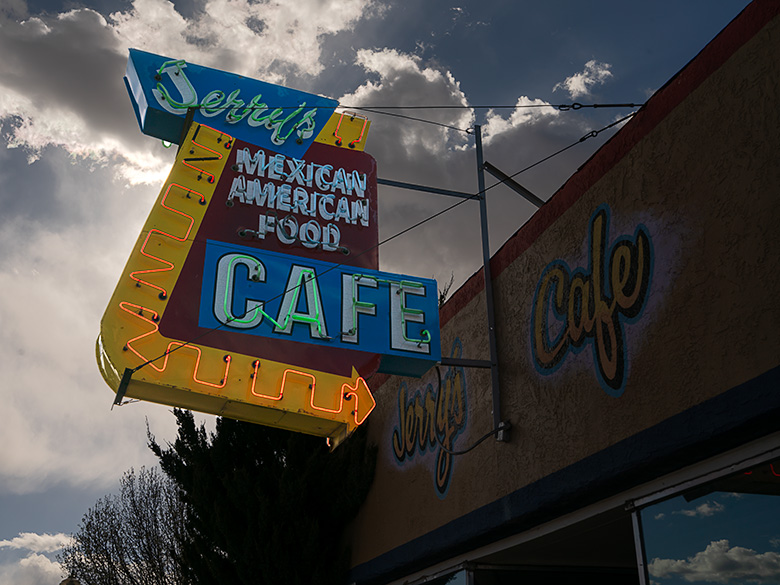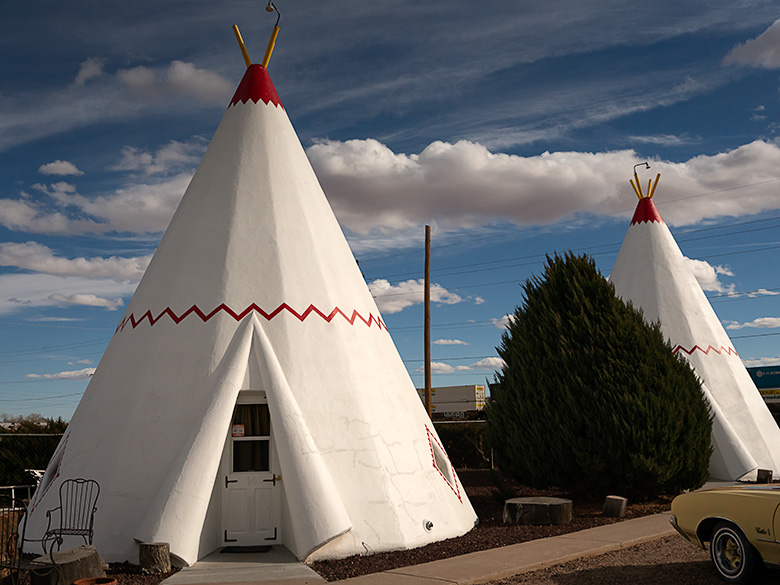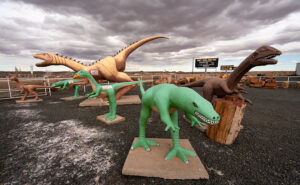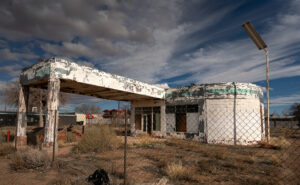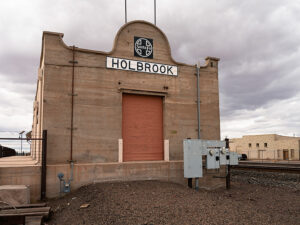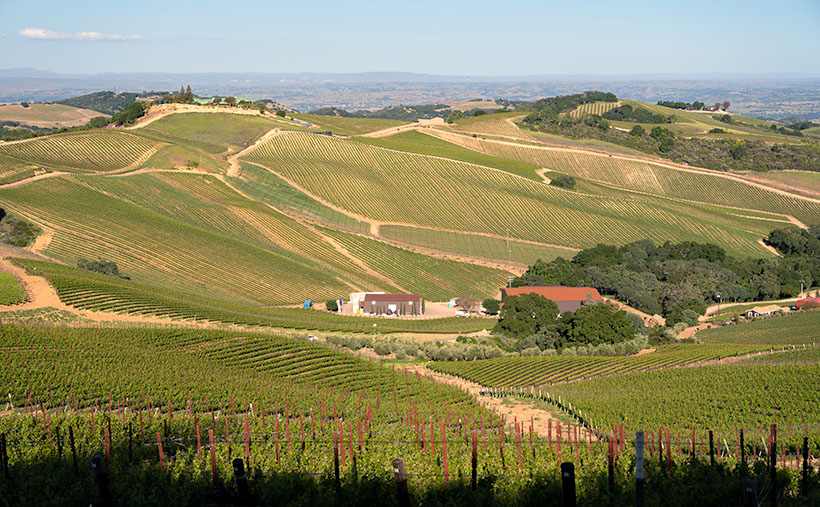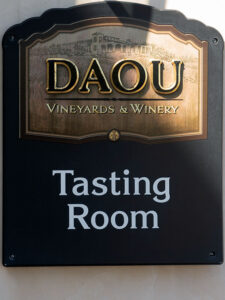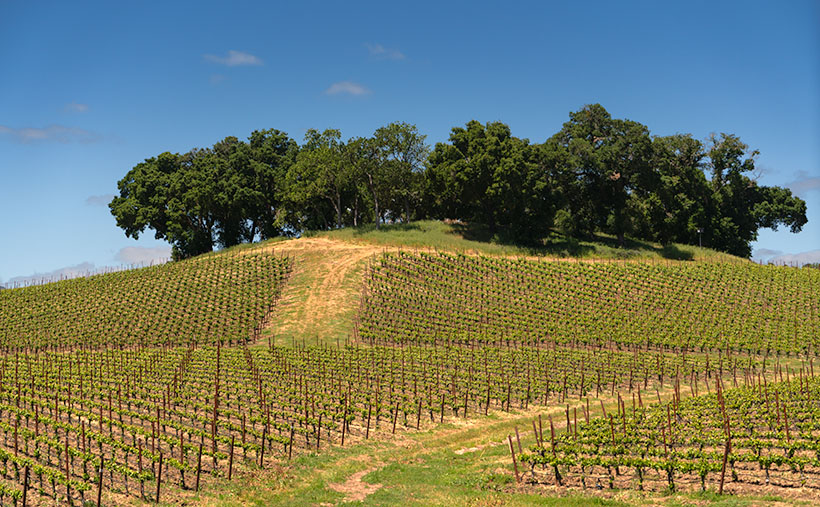“So when the day comes to settle down,
Who’s to blame if you’re not around?
You take the long way home,
Take the long way home.”—Supertramp
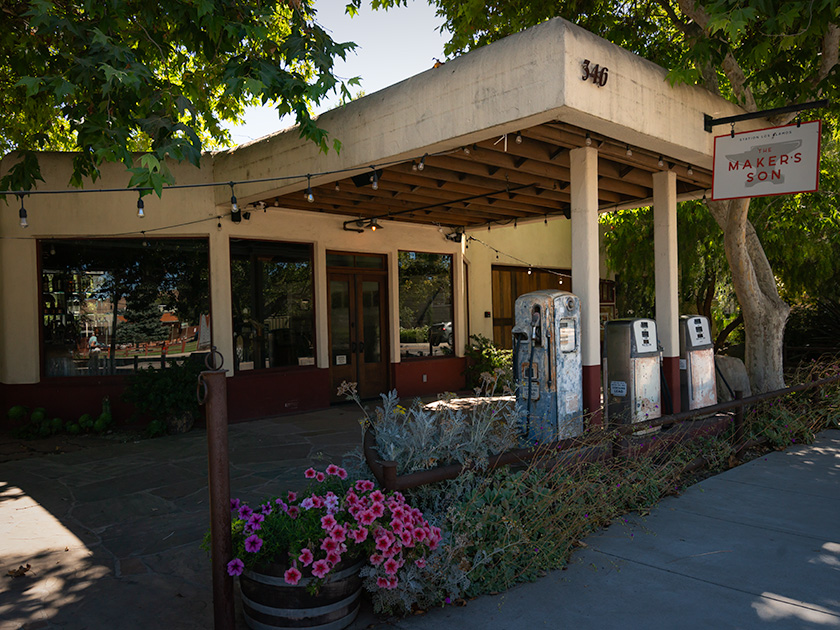
Like every good fairytale, the good times eventually come to an end. Too soon, we found ourselves facing that tedious drive home. But instead of a simple choice, we had three different ways to go—our own version of ‘The Three Little Piggies.’ Only this time, there were three little routes: the quick and efficient one, the scenic and leisurely one, and the ‘I don’t really want to go home’ route.
The Fast Way (All Freeway—All The Time)
The first little piggy is all about speed—no frills, no fuss. It’s I-5 or US 99 south to Bakersfield, then a quick jog over to I-40 through Barstow, cruising along Route 66 nostalgia until Kingman, and finally, the home stretch to Congress. There is not much scenery, but it’ll get you there faster than you can say. ‘Are we there yet?’ It’s our choice for days when the destination matters more than the journey. This is also our go-to route when we’re in a hurry or carrying precious cargo—like a couple of cases of wine. We can make this trip in about 14 hours, provided I make the necessary stops for Queen Anne’s bathroom breaks.
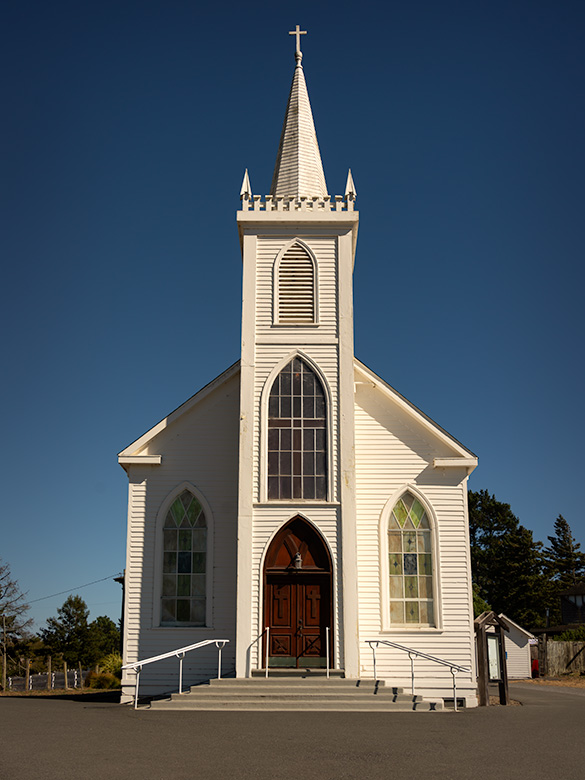
The Leisurely Way (Santa Paula Route)
The second little piggy prefers a scenic detour. This route winds down California’s Highway 101 through coastal towns and charming spots like San Luis Obispo, Santa Barbara, Santa Paula, and Fillmore. Fillmore holds a particular place for me—it’s where I take a moment to visit my sister’s grave, reminding me that every journey has meaning beyond the miles. And then, with a clearer head, we pick up the drive home.
From there, the road takes us through Los Angeles, where we must be mindful of our timing and stay as far away from downtown as possible. Even in the middle of the night, we expect traffic, but if we time it right—threading the freeways between morning and evening rush hours—we can glide through with minimal stop-and-go. Our preferred route through LA is the I-210, which runs along the base of the San Gabriel Mountains and offers a spectacular view…on the one day a year when they’re actually visible through the smog.”
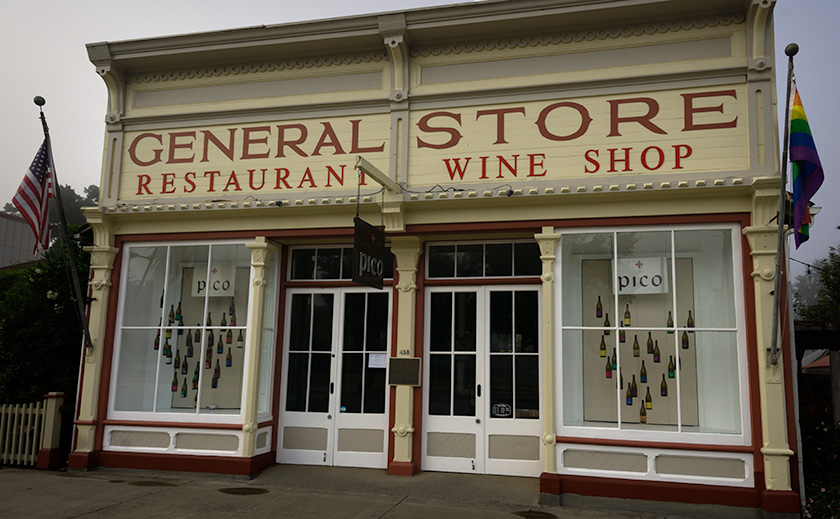
The “I Don’t Really Want to Go Home” Way
And then there’s the third little piggy, the route for when you’re in no rush. This path hugs the coast down the Pacific Coast Highway, SR1, taking the long, winding road past Big Sur, through postcard-perfect towns, and across landscapes that demand photo stops every few miles. It’s the scenic route to end all scenic routes—a journey for those who want to stretch the fairytale a little bit longer.
Once we reach San Luis Obispo, we merge onto the 101 until Ventura. From Oxnard to Santa Monica, we’re back on the PCH with plenty of chances to spot a pod of dolphins, a whale, or seals if we’re lucky and observant. Since we have all the time in the world, we make it a point to stop, walk all the piers, and grab a bite at a couple of seafood shacks along the way.
When it’s time to leave Santa Monica, we jump on I-10 straight into the city’s heart-stopping freeway traffic. But instead of fighting it, we go with the flow—windows down, wind in our faces, and Randy Newman’s ‘I Love L.A.‘ blaring on the stereo. For a moment, we’re part of the LA rhythm, dodging in and out of lanes with all the other dreamers. Eventually, US 60 guides us through Riverside and into the wide-open desert, where the road stretches out, and the only traffic is the tumbleweeds. If done correctly, we measure our progress in miles per week.
A Corolla with Attitude
The real surprise on this trip was discovering our trusty Corolla IM’s hidden ‘Sport’ mode button. I’ve dubbed it the ‘Gutless Wonder,’ but with Sport mode engaged, it gave me more spirit than expected. The button sharpened the transmission shifts and tightened the power steering, making each corner feel just right. For a moment, I almost felt like I was driving an old British sports car—minus the manual gearbox and with the comfort of roll-up windows and a top. And thanks to the IM’s independent rear suspension, it didn’t just handle the winding roads—it made them fun. Who knew our little econobox had it in her?
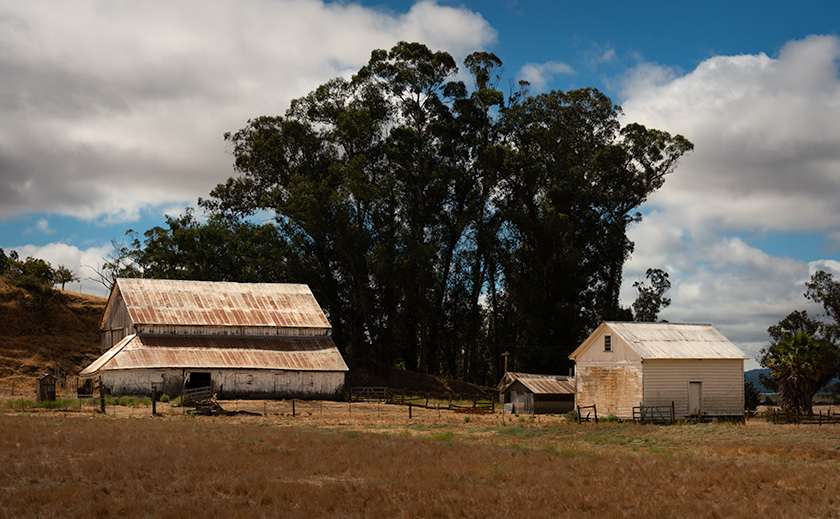
Our Extended Fairytale Ending
Since it was still August and we weren’t in a hurry to get back to our cottage at the base of the Weaver Mountains, we opted for the middle route with a twist: four days, with overnight stops in places we’d never explored. Our usual all-day ‘Bataan March’ became a leisurely four-day journey of discovery, and—true to form—Anne and I conveniently planned our stops around California’s Central Coast wine regions. Now, we have at least four new destinations for future trips.
Each route home has its own quirks and charms, but this time, taking the scenic way back reminded me that the journey can be as memorable as the destination. Sometimes, the right choice isn’t the fastest or most convenient—it’s the one that lets you hold on to the experience just a little longer.
Till next time, keep your spirits high and your humor dry.
jw
BTW, 2024 Wall Calendar Orders are Open!
It’s that time of year again—calendar season! If you’d like to grab one of my personal wall calendars for 2024, now’s the time to let me know. The calendars are 8.5 x 10 inches, spiral-bound, and printed on high-quality card stock, perfect for showcasing a year’s worth of my favorite shots.
A heads-up on pricing: VistaPrint’s prices are always high initially, but they usually offer great discounts as the holidays approach. Last year, they dropped to around $11 plus shipping after Thanksgiving, but they could be as high as $20 if I go by their price list today. Whatever my printing and shipping costs are, that’s what I charge—no markup.
If you’re interested, please let me know by November 15. That way, I can organize everything, and we can take advantage of post-Thanksgiving sales! Delivery is usually at the beginning of December, so they make great stocking stuffers.

